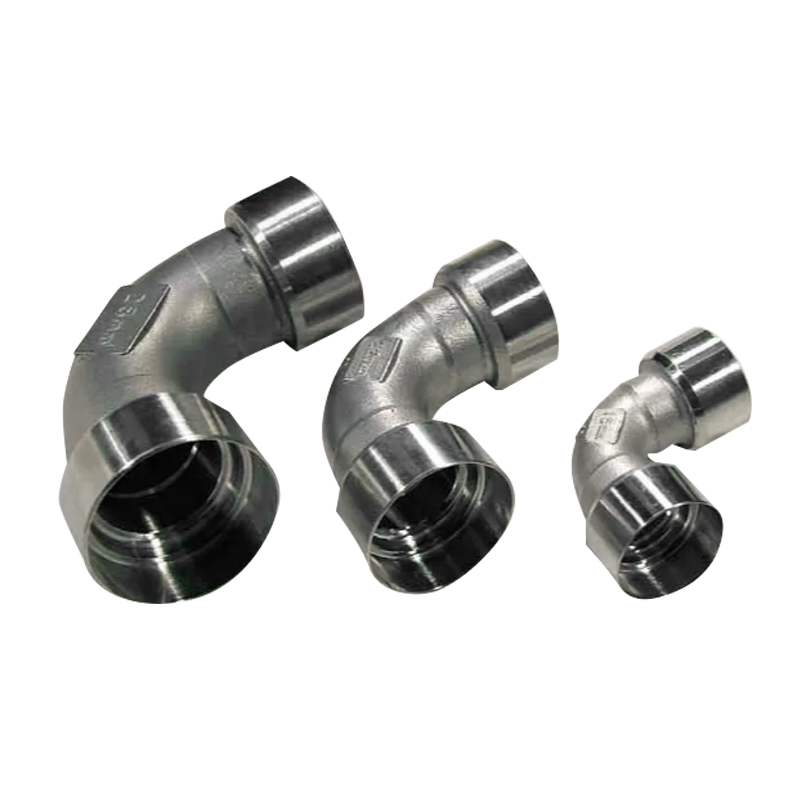 Main:+86 574 87907106
Main:+86 574 87907106
![]() Main:+86 574 87907106
Main:+86 574 87907106

The broaching process commonly used in precision machining is a machining process that uses cutting tools. The size of the gear increases from front to back. In many cases, the entire surface (or multiple surfaces) can be broached at once. This technique is usually used to complete holes, splines and planes.
Broaching is a relatively new processing technology, developed in the 1850s, with metal-specific applications. Initially, broaching was used to perform work on internal features, such as keyholes in pulleys and gears. In the 20th century, precision machining broaching was further developed, and subsequent developments greatly improved the tolerances and made broaching more suitable for modern machining workshops.
The working principle of broaching machine
The cutting tool used for broaching is called a "broach". This linear tooth profile cutting tool is similar to a saw tooth profile, but the width and tooth profile configuration can vary significantly. The broach teeth are precisely designed so that each tooth is slightly higher than the last tooth. When the broach passes along the workpiece, each tooth forms a small incision on the surface and carries chips away from the workpiece. The difference in height between the first tooth and the last tooth is called "rising" and represents the maximum amount of material that the broach can remove.
Cutting tools for broaching
The broaching process is relatively simple. The broaching machine linearly moves the broach along the surface of the workpiece and has enough force to remove the material. However, the broach itself is more complicated than many cutting tools. Broaches are usually designed for specific tasks of precision machining, and they can take many shapes and sizes. There are several broach categories related to work in progress and broaching machines used to provide force.
Push-pull knife: a push tool designed for broaching machines
Broaches: Broaches designed for broaching machines
Fixed broach: a tool designed to remain stationary when the machine tool moves the workpiece
In these precision machining processes, the tooth profile and cross section of the broach can be changed. The simplest broach designed to cut a single surface can be a rectangle with the cross section of a single set of cutting teeth. Since broaches usually cut the internal features of precision machining, their cross-sections vary greatly depending on the work performed.
In addition, the broach itself can be manufactured by precision machining in many different ways. Solid broaches are the most common and lowest manufacturing cost broaches, which are processed from a single piece of material. Other broaches consist of a solid shaft with cutting teeth connected around the parameters. The teeth can then be removed, but the shaft can be reused in different tooth configurations. Large broaches are usually assembled in sections, so some rows can be separated for sharpening or replacement, while other rows remain mounted on the shaft.
The various parts of each broach are used for a specific purpose. The first few rows of teeth in contact with the workpiece are called "chip breakers", while the last few rows of teeth are usually "finishing teeth". Intermediate teeth are designated for various purposes, from roughing to semi-finishing.
Brishine United Industry Co.,Limited
No 218, Dieyuan Road, Shounan Street, Yinzhou
315000, Ningbo, China
Main: +86 574 87907106
[email protected]